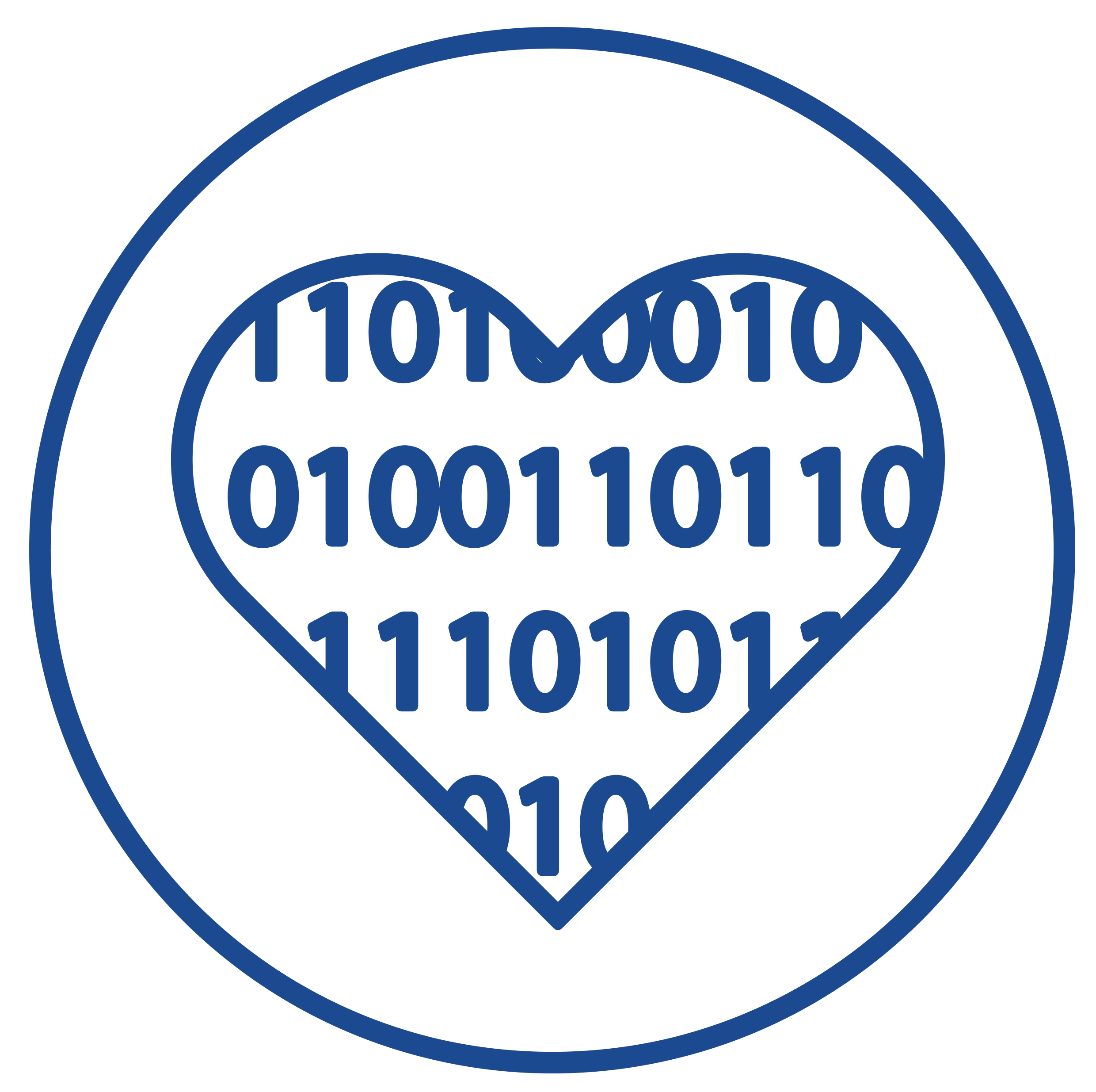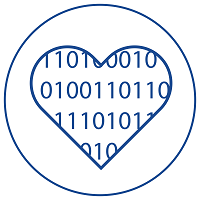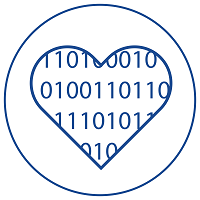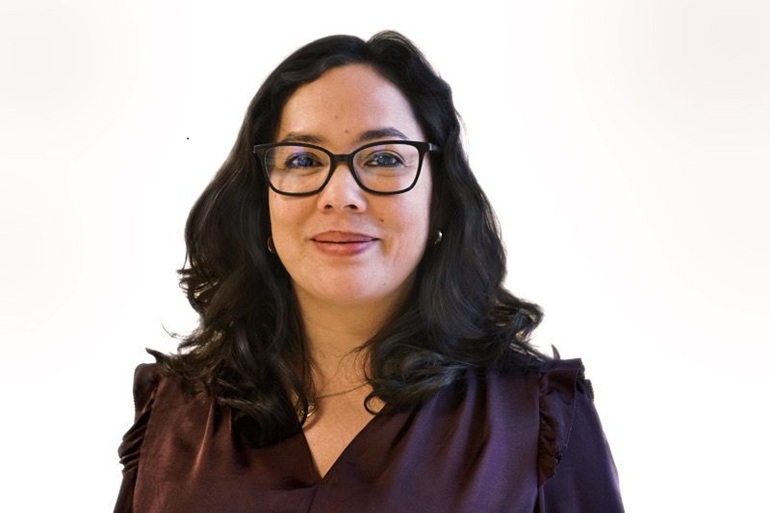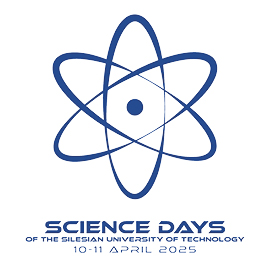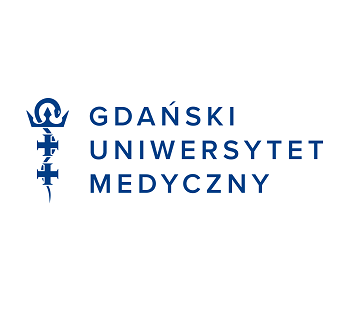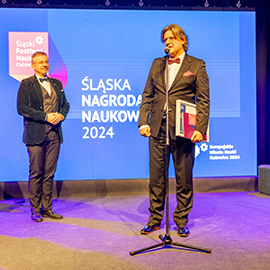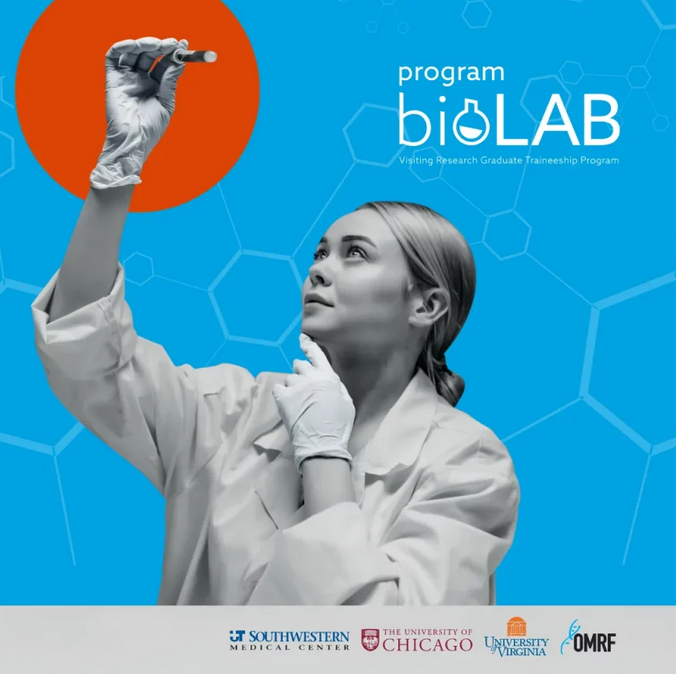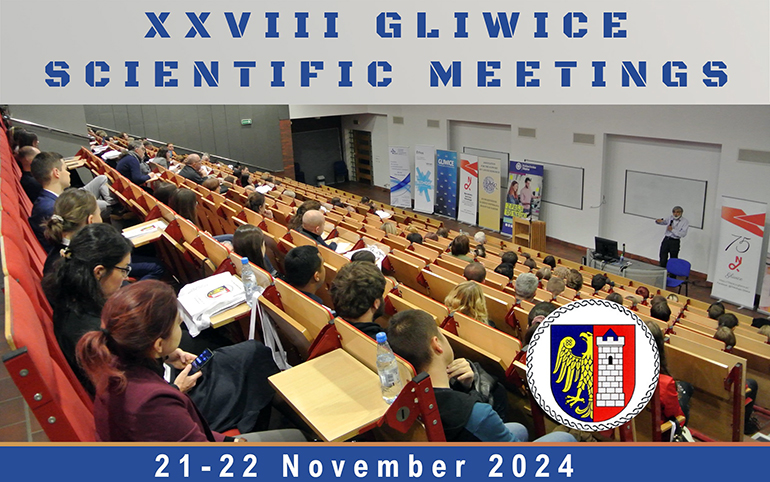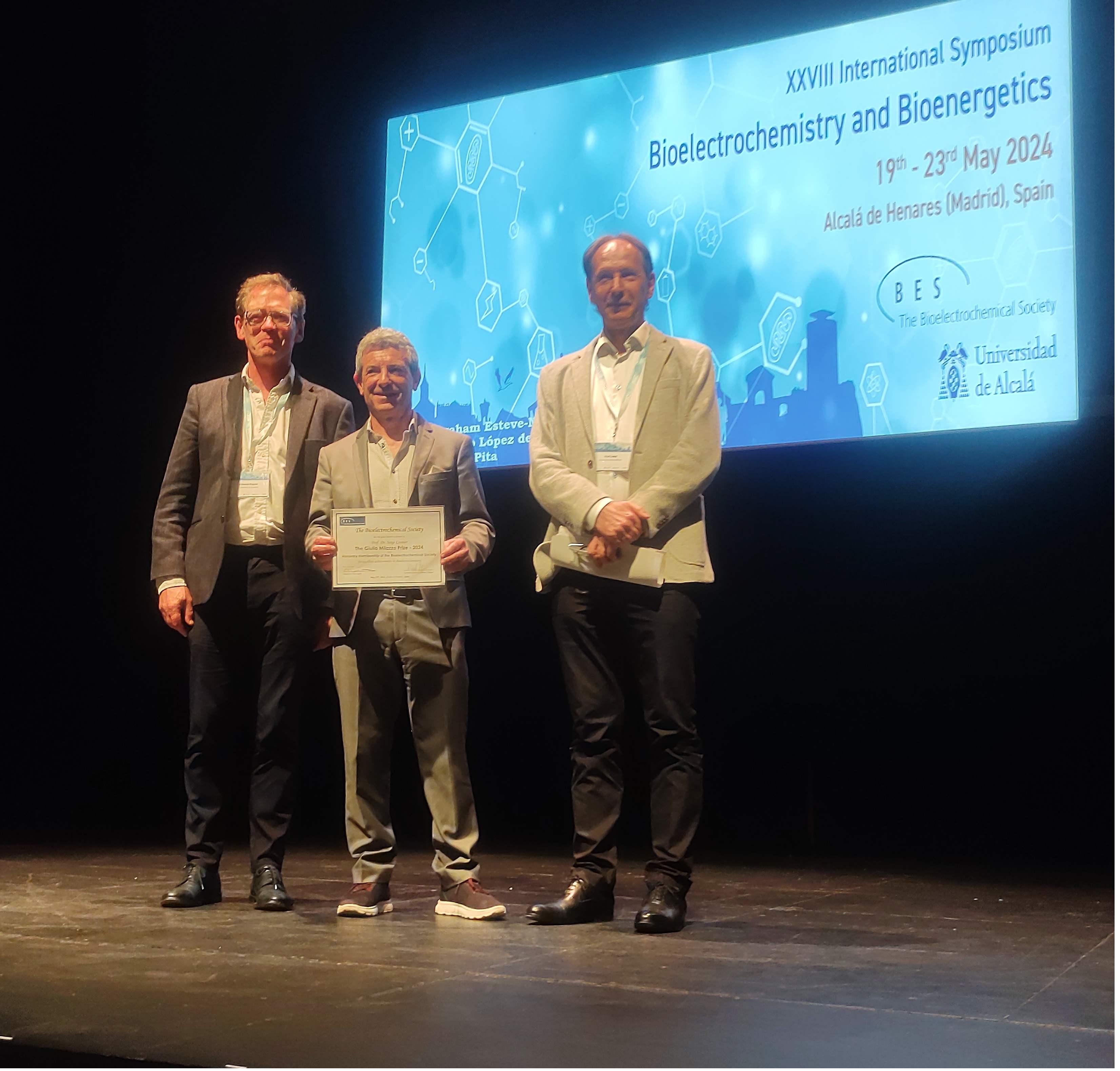Start - News
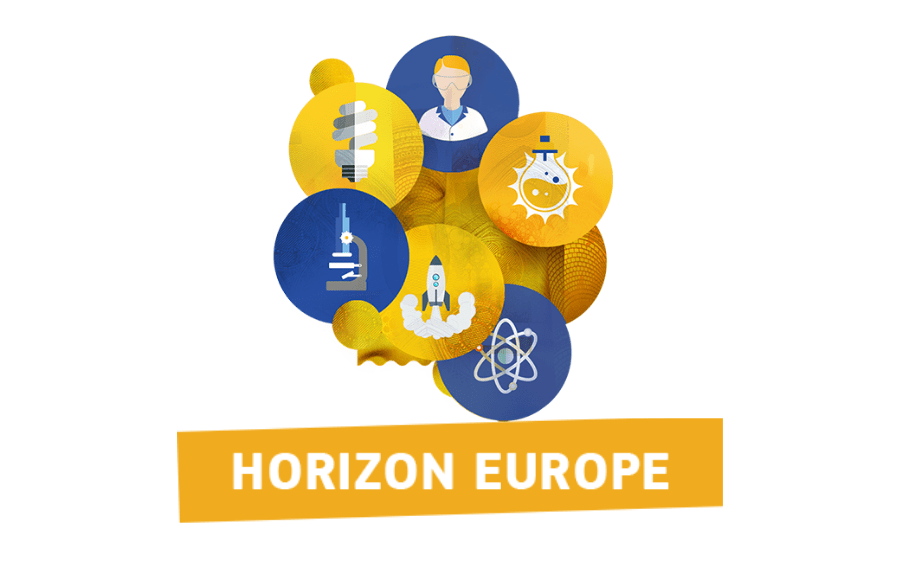
Horyzont EU project for POB1
Researchers representing POB1 are going to conduct experimental works in the frame of the project entitled "Computational Models for new Patients Stratification Strategies of Neuromuscular Disorders", which received funding from HORIZON Research and Innovation Action, Tools and Technologies for Healthy Society. Project leader is prof. Rossella Tupler from University of Modena, Italy. SUT team is led by prof. Joanna Polańska. Congratulations!
The CoMPaSS-NMD project creates novel and universal tools for the diagnostic stratification of patients suffering from Hereditary NeuroMuscular Diseases (HNMDs) aiming at personalised treatments.
HNMDs often occurs in young people, causing long-term disability and early death; these conditions bring lack of participation, need for permanent assistance and may require long-term institutionalisation. Multidimensional HNMD data - clinical, genetic, histopathological and MRI – will be provided by third-level clinical centers in Italy, France, Germany, Finland and the United Kingdom as part of the European Reference Network for Rare Neurological Diseases. Computational tools for high-dimensional clustering will be applied in an unsupervised learning approach using the internal structure of data to define groups of similar patients. Classification model averaging and integration techniques for federated learning-inspired model building and novel HNMD-specific descriptors of histopathological images will be implemented. The adoption of this multidimensional view has the potential to increment the diagnostic rate of HNMDs by 30% and foster effective actions by European national health systems. As main project outcome, the CoMPaSS-NMD Atlas Platform will be a cost-effective AI-based application providing precise clinical characterization and diagnosis, with data remaining publicly available for anyone in the research and health community to use. The project will deliver Recommendations and Guidelines for stratification-based patient management to offer superior standard-ofcare for diagnosis and prognosis and assist in planning clinical trials. It will follow a user-centred, co-design methodology with a strong stakeholder engagement and networking with other project consortia.





